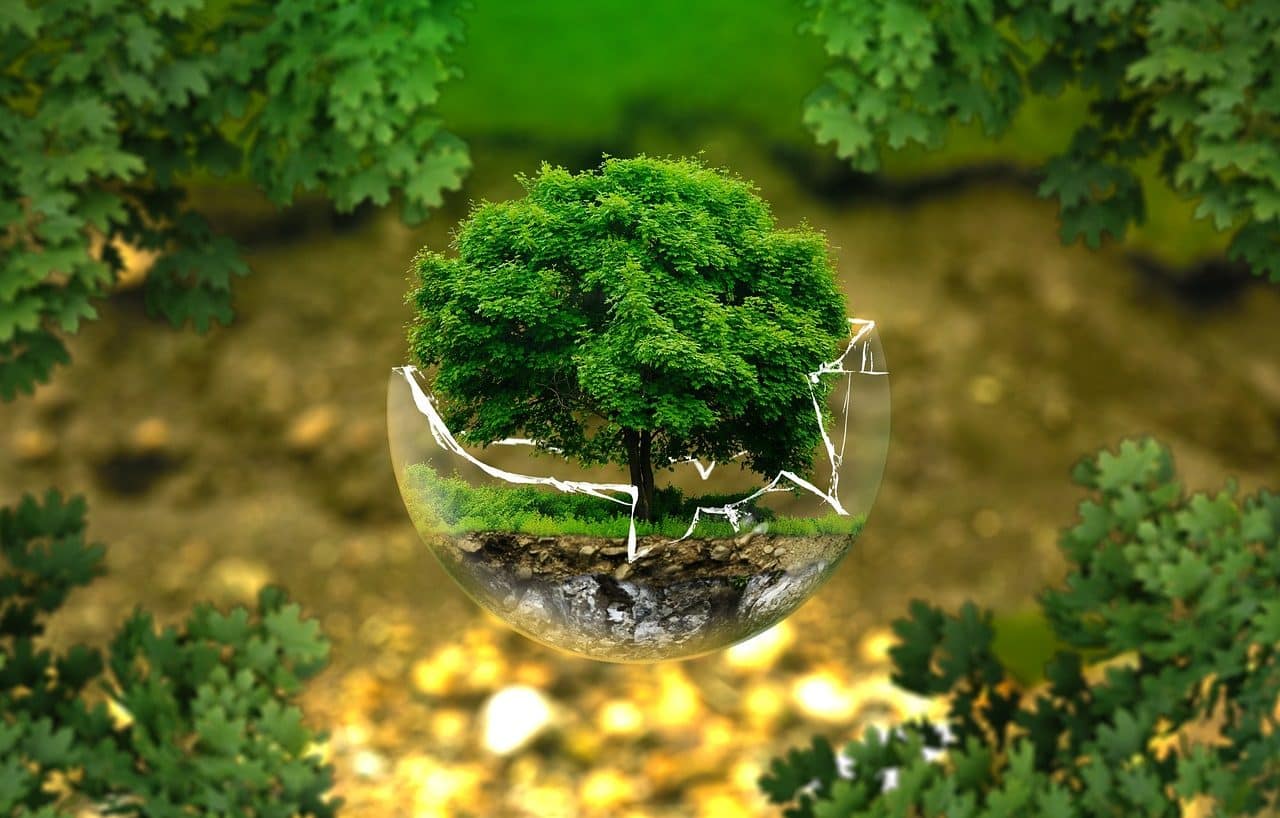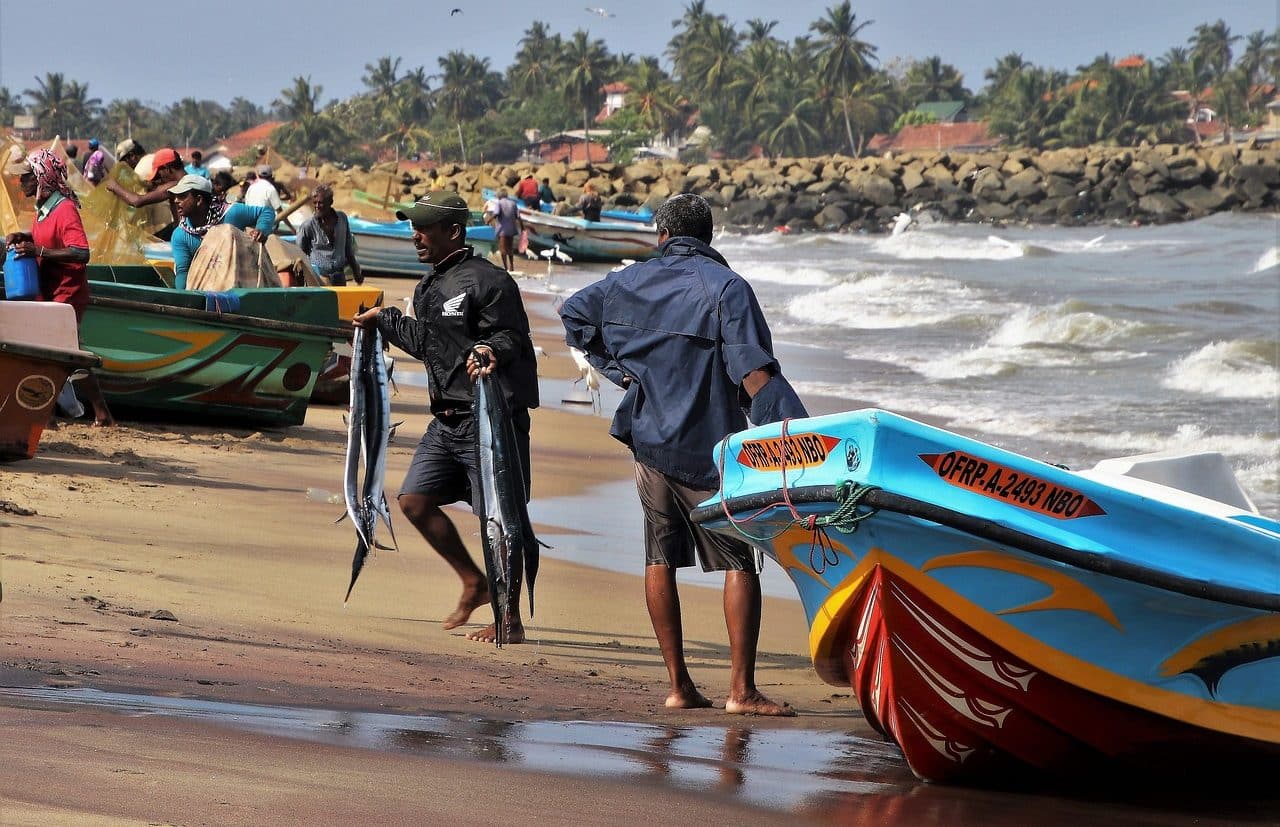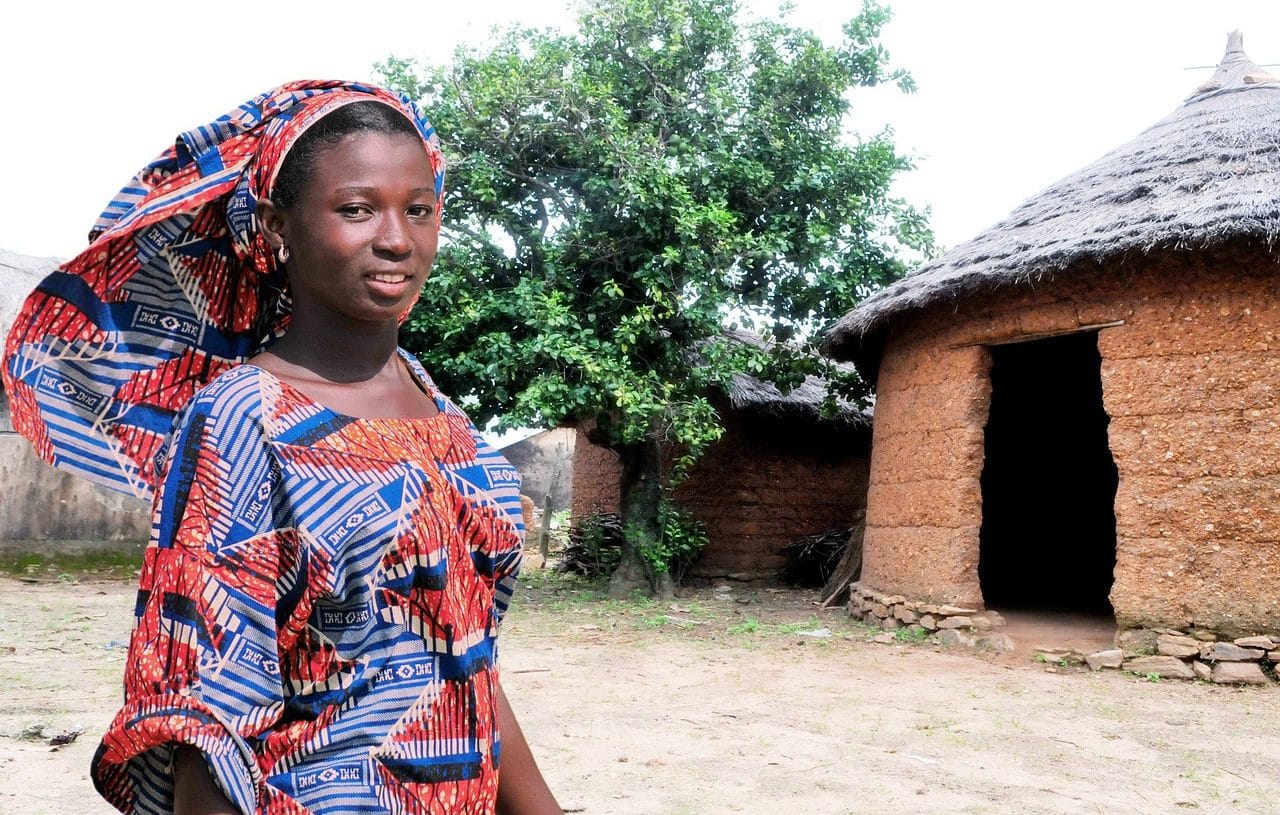
Climate justice requires acting with environmental ethics.
Climate justice is a concept that refers to addressing global warming as a political, economic and social problem and not only as a phenomenon of nature and the environment. In this way, it is sought that the actions carried out to mitigate climate change are based on respect for human rights and equity.
Those who refer to climate justice demand to analyze the anthropogenic causes (produced by humans) of global warming and make those responsible assume the consequences of their actions . In this framework, they maintain that those whose activities have a great environmental impact must assist those most harmed by their effects.
History of climate justice
The notion of climate justice emerged in 1999 . The concept is attributed to Corporate Watch , an association that at that time began demanding that large companies that made the most carbon emissions be held accountable for their actions. Likewise, this organization also placed on the agenda the need to move towards an energy transition to mitigate the greenhouse effect .
Shortly afterwards, in parallel with the development of the VI Conference of the Parties to the United Nations Framework Convention on Climate Change ( UNFCCC ) in The Hague , the first climate justice summit was held in the same Dutch city. In this way, environmental movements continued to impose the idea of environmental injustice and insist that government decision-making on these issues must take into account the damage suffered by vulnerable communities due to soil degradation, deforestation , and loss of biodiversity. and the increasing frequency of natural disasters.
These concerns were taken up, at least in part, by the international community. The United Nations Development Program ( UNDP ), for example, assists countries in addressing issues linked to climate justice.

Protecting the natural resources of the poorest regions is part of climate justice.
Its characteristics
Climate justice, in short, is based on the recognition of global warming as a phenomenon with social and political causes and consequences and an ethical dimension . Therefore, its approach, from this perspective, must consider values such as equity, equality, responsibility and, of course, justice .
One of the premises of climate justice is that adaptation to the effects of climate change depends on issues such as income, gender and other factors. That is why there are people and communities less prepared to overcome obstacles: that is, with less climate resilience .
While those with fewer resources suffer the worst consequences, the richest and the most powerful companies are mainly responsible for environmental degradation and threatening sustainable development . There is, in short, an environmental inequality that must be combated in pursuit of climate equity.
The idea of climate justice, as can be seen, takes into account that the populations with the least responsibility for the carbon footprint are the most affected by it. Mechanisms and resources must be available to reduce this imbalance.

Climate justice calls for respecting indigenous rights within the framework of the fight against global warming.
Climate justice and the Paris Agreement
An important tool for climate justice is the Paris Agreement , established under the UNFCCC . This agreement, drafted in 2015 and signed in 2016 , aims to keep the increase in average global temperature below 2 ºC above the records of the pre- industrialization stage.
To achieve this goal, which would minimize the effects of global warming , it is proposed to reduce greenhouse gas emissions . It also invites you to take measures to contribute to resilience and adaptation to climate change.
One of the advances of the Paris Agreement is that it incorporates the gender perspective and emphasizes human rights . As part of climate justice, for example, it alludes to the need to direct environmental policy efforts to assist indigenous peoples and local communities.
It cannot be ignored, however, that the Paris Agreement does not establish legal obligations, but rather guarantees that the goals are voluntary and decided by each national government.
Its importance
From the perspective of climate justice, global warming is a human rights issue . All human beings have the right to a dignified life; However, the effects of climate change threaten livelihoods, threaten food security, cause water shortages, generate climate refugees and even cause deaths.
It can be stated that the climate crisis violates the right to health by encouraging nutrition problems and epidemic outbreaks. It also does so with the right to education because high intensity weather events and high temperatures can affect school infrastructure and reduce the ability of guardians and parents to take their children to class.
An example of the social dimension of climate change is that, according to the UNDP , the mortality rate associated with storms, droughts and floods was, between 2010 and 2020 , fifteen times higher in vulnerable areas compared to others with reduced levels of vulnerability. Climate justice calls to combat this type of inequalities, calling to help the unprotected and neglected sectors.
